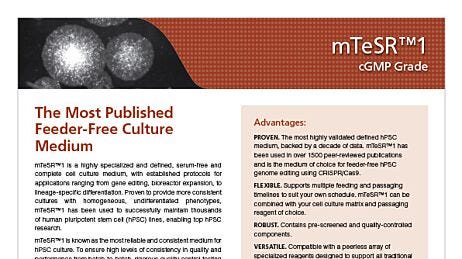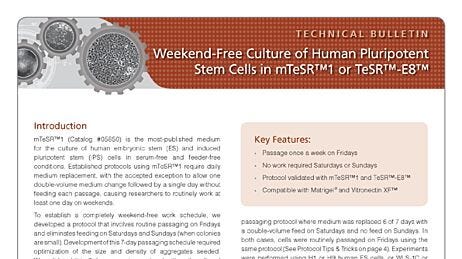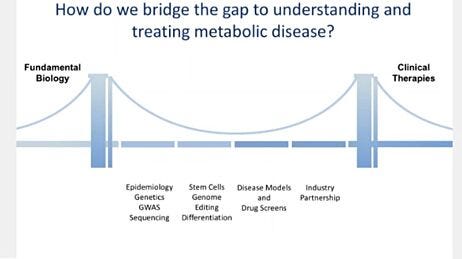
Genome Editing
Using CRISPR/Cas9 to Model Stem Cell Organization and Dynamics
View this webinar presentation by Dr. Ruwanthi Gunawardane, Director of Stem Cells and Gene Editing at the Allen Institute for Cell Science, who discussed the application of CRISPR/Cas9 to create a dynamic visual model of human induced pluripotent stem (hiPS) cell organization.

Allen Institute for Cell Science
- Creation of a dynamic visual model of hiPS cell organization through the endogenous labeling of major cellular organelles with a fluorescent protein
- Overview of the CRISPR/Cas9 methodologies used for endogenous gene tagging, screening for precise editing, and cell biological and genomic quality control
- An unprecedented clarity in live cell imaging provided by the endogenous tagging of hiPS cells
- Potential applications of the Allen Institute's hiPS cell lines for basic science and disease modeling
Allen Institute for Cell Science
Ruwanthi (Ru) Gunawardane, PhD, is the director of stem cells and gene editing at the Allen Institute for Cell Science, where a multi-disciplinary, team-science approach is used to study the fundamentals of cell behavior. Ru leads a group of researchers creating a collection of high-quality gene edited stem cell lines that are used by the institute to study cell organization and activities through live cell imaging and are also made available to the research community. Ru joined the Allen Institute after spending 5 years at Amgen, where she developed assays to screen for novel therapeutics in oncology, inflammation, and cardiovascular diseases and help advance the early drug discovery pipeline. Prior to Amgen, Ru worked at Ambit Biosciences as part of a small team of scientists that identified and characterized AC220, a potent FLT3 kinase inhibitor that is currently in phase 3 trials for AML. Ru obtained her PhD in Biology from Johns Hopkins University, where she studied microtubule nucleation in the Drosophila and Xenopus model systems. She conducted her postdoctoral work at the Harvard Medical School, where she studied cell migration and invasion in mammary epithelial cells using 3D tissue culture model systems as a model for breast cancer progression.
Genome Editing - From Modeling Disease to Novel Therapeutics
Human pluripotent stem cells (hPSCs) hold great promise for the study and treatment of human disease owing to their ability to differentiate into many specialized cell types of the human body. The use of genome editing tools to generate specific DNA variants in hPSCs, by either introducing disease-specific mutations or correcting genetic aberrations, provide more accurate modeling of human disease when differentiated into human-derived tissues. Advances in genetic tools, such as transcription activator-like effector nucleases (TALENs) or clustered regularly interspaced short palindromic repeat (CRISPR) technologies, have improved the ease and efficiency of genome editing in hPSCs.

Harvard University, Cambridge, MA
- Culture conditions for expansion and cloning of hPSCs
- Design and use of TALENs or CRISPRs with hPSCs
- Identification of clones without antibiotic selection
- Applications of modified hPSCs including disease modeling
- Use of the CRISPR/Cas system for gene therapy
Harvard University
Dr. Chad Cowan obtained his PhD from the University of Texas Southwestern at Dallas and continued on to complete a postdoctoral fellowship in the lab of Dr. Douglas Melton at Harvard University. Currently, he is an Associate Professor at Harvard University in the Department of Stem Cell and Regenerative Biology and at Massachusetts General Hospital. He is also an associate member of the Broad Institute and a principal faculty member of the Harvard Stem Cell Institute, where he directs the Diabetes Disease Program and the iPS Cell Core Facility. Chad uses genome editing to introduce disease-associated gene mutations into hPSCs and differentiates these cells into relevant tissue types to develop ex vivo disease models and for genetic and drug screens.





